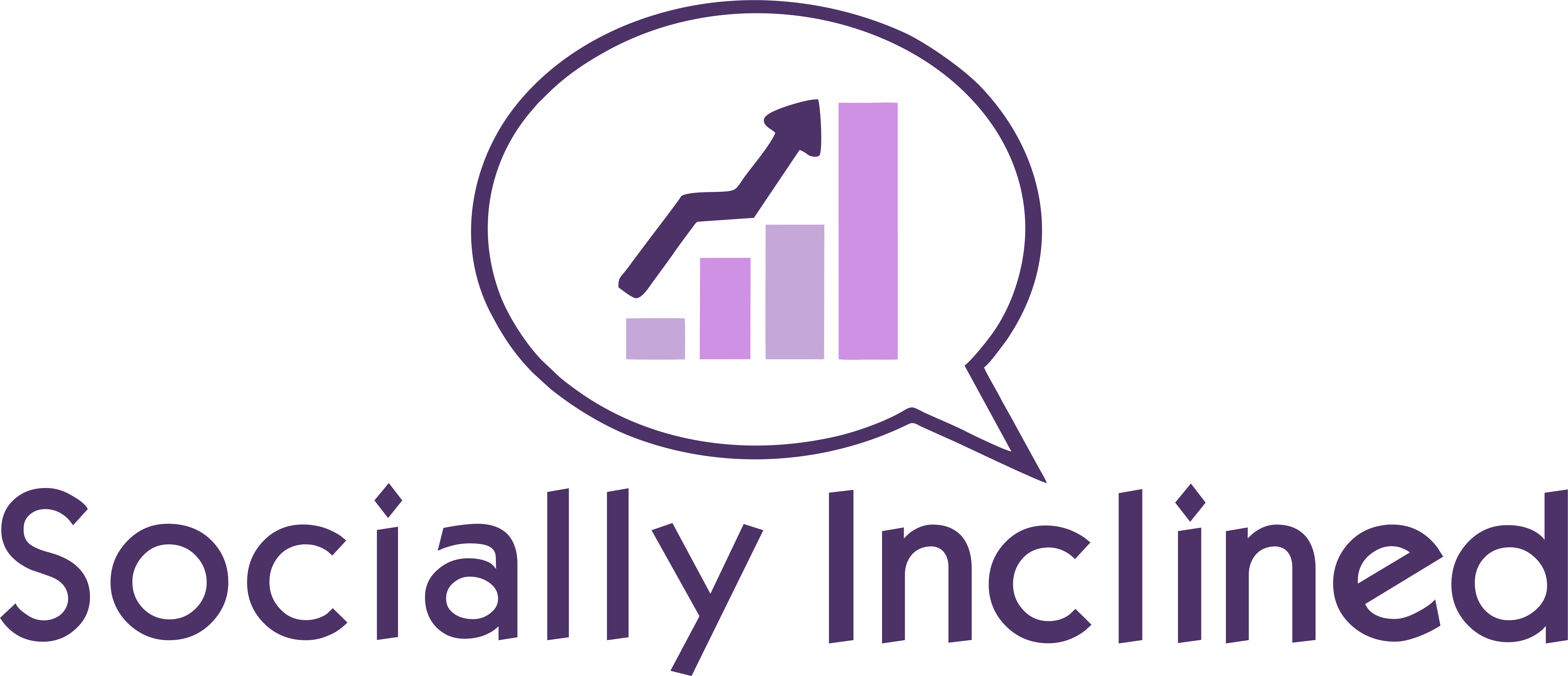Marketing Minute Blog

43 February Engaging Questions For Social Media
Struggling to get comments on social media in February? These 43 engaging questions help spark conversations, boost reach, and connect with your audience.
43 February Engaging Questions For Social Media
Struggling to get comments on social media in February? These 43 engaging questions help spark conversations, boost reach, and connect with your audience.

15 February Holidays to Celebrate on Social Media
Looking for fun February holidays to post about on social media? These 15 February events give you easy, engaging content ideas to boost visibility and engagement.
15 February Holidays to Celebrate on Social Media
Looking for fun February holidays to post about on social media? These 15 February events give you easy, engaging content ideas to boost visibility and engagement.

29 Inspirational February Quotes for Social Med...
Looking for inspirational February quotes to share on social media? These 29 motivational and reflective quotes help spark engagement, connection, and positivity throughout the month.
29 Inspirational February Quotes for Social Med...
Looking for inspirational February quotes to share on social media? These 29 motivational and reflective quotes help spark engagement, connection, and positivity throughout the month.

What to Post in February Using the MVP Daily Po...
Use the MVP strategy (Motivation, Visibility, Presence) to plan February content fast, boost engagement, and stay consistent without burnout.
What to Post in February Using the MVP Daily Po...
Use the MVP strategy (Motivation, Visibility, Presence) to plan February content fast, boost engagement, and stay consistent without burnout.

150 Hashtags to Use on Social Media in February
Looking for the best February hashtags to grow your small business on social media? This curated list of 150 trending, niche, and seasonal hashtags will help you reach more people,...
150 Hashtags to Use on Social Media in February
Looking for the best February hashtags to grow your small business on social media? This curated list of 150 trending, niche, and seasonal hashtags will help you reach more people,...

30 Inspirational January Quotes
Looking for inspiring January quotes to share on social media? These 30 motivational and seasonal quotes are perfect for engagement, reflection, and fresh starts in 2026.
30 Inspirational January Quotes
Looking for inspiring January quotes to share on social media? These 30 motivational and seasonal quotes are perfect for engagement, reflection, and fresh starts in 2026.
Discover The Get Socially Inclined...
-

TOOLBOX
Get AccessA business owners bestie! Our toolbox is packed with free guides, checklists, and resources to help you get Socially Inclined and it's totally FREE!
-

PODCAST
Listen NowFrom building a strong brand to creating engaging content, we'll cover everything you need to know to help your business succeed in the online world!
-

FACEBOOK GROUP
Join NowJoin us in our community where we share tips, tricks and training that will help you learn how to grow your business and online presence!



